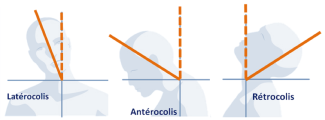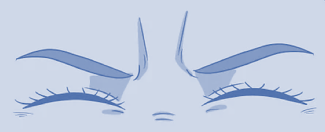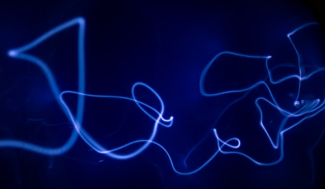Dystonia is characterized by intermittent or prolonged involuntary muscle contractions in one or more parts of the body, which eventually lead to “abnormal” movements or postures. The symptoms of this condition can be alleviated by various treatments, and the prognosis for patients is favorable in most cases. The abnormal movements caused by dystonia are not generally associated with cognitive or intellectual deficits, but motor impairment can cause psychological distress and often leads to social adjustment difficulties or anxiety disorders.
Symptoms of Dystonia
Abnormal muscle contractions can affect one or more parts of the body.
When dystonia affects only one part or two adjacent parts of the body, it is referred to as focal or segmental dystonia. These are the most common forms of dystonia.
The average age of onset for these forms of dystonia is 20 years.
At the onset of the disease, contractions or spasms may be intermittent or only occur during times of stress. Spasms may initially only occur during movement. As the disease progresses, contractions occur even at rest and cause deformation of the affected part of the body, leading to pain and significant disability.
Some contractions can be triggered by certain tasks, in which case they are referred to as task-specific dystonia or functional dystonia. The most common type of dystonia is cervical dystonia, which affects the muscles of the neck. Jerky contractions can cause torticollis, laterocollis, antecollis, or retrocollis.

The most common form of functional dystonia affects the hand and arm. This is also known as writer’s cramp (hand), musician’s dystonia (fingers or mouth), or golfer’s cramp (wrist), and is often caused by overuse of the affected body part.
Some patients may experience spasmodic dysphonia due to spasms of the vocal cords, making speech difficult, tremulous, and jerky, and the voice hoarse or broken.
Dystonia can also affect the eyelids, causing repeated, involuntary blinking at the onset of the disease and, over time, complete closure of the eyelids or blepharospasm. Patients with this dystonia must yawn, sing, or open their mouths to keep their eyes open.

Meige syndrome is a segmental dystonia affecting both the jaw and eyelids. Patients experience repeated blinking of the eyes and characteristic grimacing due to clenching of the jaw and teeth. This form of dystonia usually begins around the age of 50.
More severe and generalized forms of dystonia affect several parts of the body or even all four limbs, preventing walking and the use of the hands. They most commonly appear in children or adolescents.
Primary generalized dystonia often manifests in childhood as inward twisting of the foot (varus) and flexion of the arch of the foot when walking. This dystonia can affect the entire body as it progresses and lead to joint deformities that prevent certain movements or even mobility.
Dopa-responsive dystonia usually affects one leg initially, causing child patients to walk on tiptoes. The worsening of dystonia symptoms at night and at rest is characteristic of this type of dystonia, and some children only experience muscle cramps after exertion.

